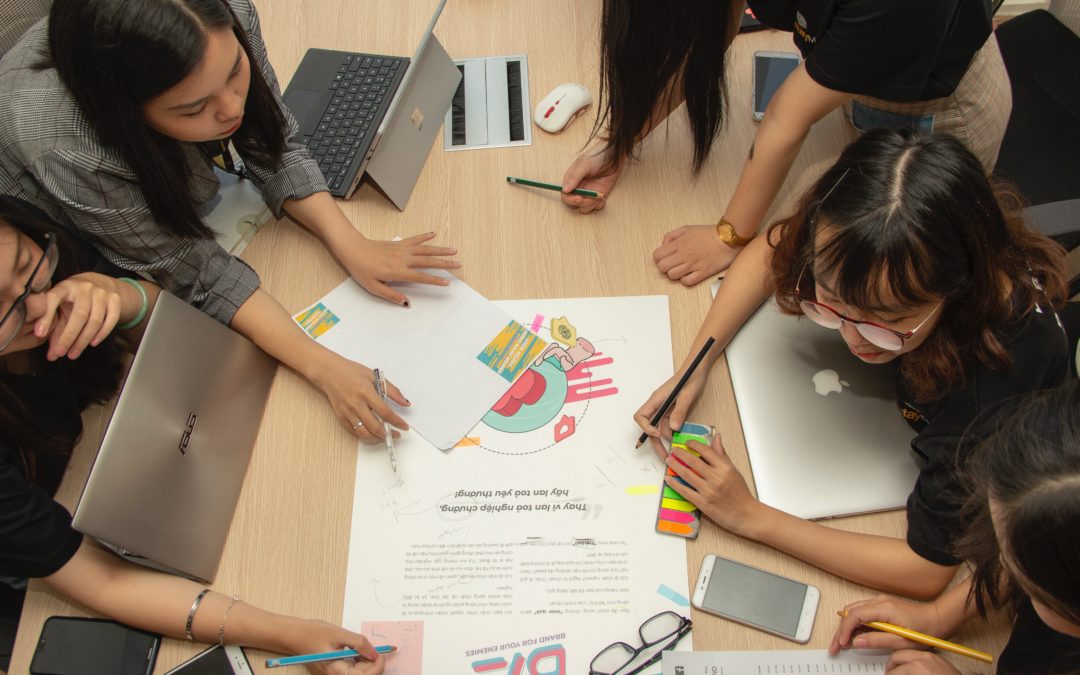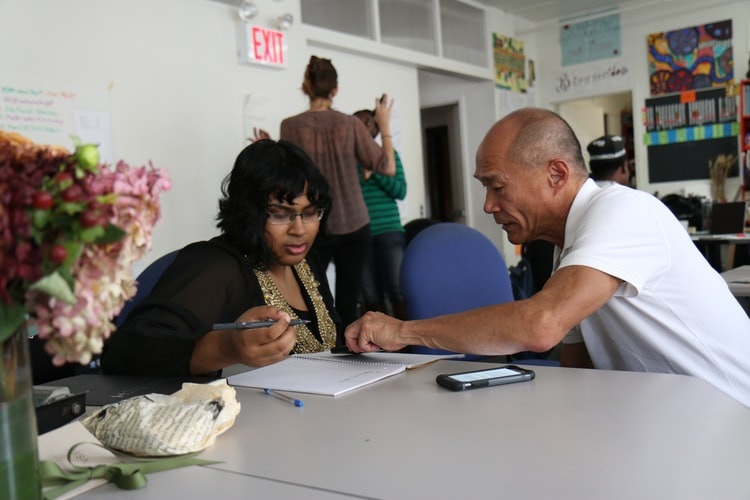
by Powerful Learning Practice | Jan 13, 2020 | Connected Leadership, Leadership, Making The Shift, Voices
Technology helps students with connecting, creating and sharing, but devices are invisible in my definition of active learning. We need to be chanting: empowerment, collaboration, equity, agency, self actualization, and transcendence for kids and for us all within a system that serves as the birth place for every other profession. We need to be chanting these things instead of technology, technology, technology.

by Jennifer Carey | Aug 7, 2019 | Making The Shift, The How of 21st Century Teaching, Voices, Web Tools That Deepen Learning
In my role as tech advocate, I habitually find myself trying to coax established educators to use new tools and incorporate new methodologies. Here are some ways I have found to be successful in this endeavor.

by Marsha Ratzel | May 20, 2019 | Less Teacher, More Student, The How of 21st Century Teaching, Voices
We’re studying quadratics in my 8th grade class. Even the name can strike fear in the heart of the most competent adult. I didn’t want it to be that way for my math kids. I wrote a good lesson plan and then I let students help me modify it. Essentially, they “taught” me how to teach them better through the interaction and feedback we gave to each other during the learning process. We built the scaffold together.

by Shelley Wright | May 8, 2019 | Less Teacher, More Student, Making The Shift, The Compelling Need for Change, Voices
Why do we have so many students who are frustrated and bored, just waiting to be challenged? We’ve made education about manipulation and hoops instead of inspiring our students to pursue learning that matters to them — learning that can help them make a difference in our communities and the world. By beginning with the Why questions, says teacher Shelley Wright, we can create powerful student-driven learning environments.

by Lisa Noble | Apr 30, 2019 | Making The Shift, Student Life, The How of 21st Century Teaching, Voices
All of us who advocate for the learning potential of mobile technologies continue to navigate the hurdles of opening up BYOD devices in the unique context of school. My students and I had an “a-ha†moment the other day, in terms of digital citizenship and how we really need to think before we post images to the Internet. Or maybe even before we take the picture.

by Sr Geralyn Schmidt | Apr 27, 2019 | The Moral Imperative, The Teaching Life, Voices
Integrity is a key virtue for today’s culture, says Sister Geralyn Schmidt, education technology coordinator for the Diocese of Harrisburg (PA). “In today’s world, each of us who has a digital footprint makes two impressions: one in the real world and one in the virtual world. The words and attitudes that we use in both arenas must match. When we achieve this, we become someone whom others can truly rely upon.”







